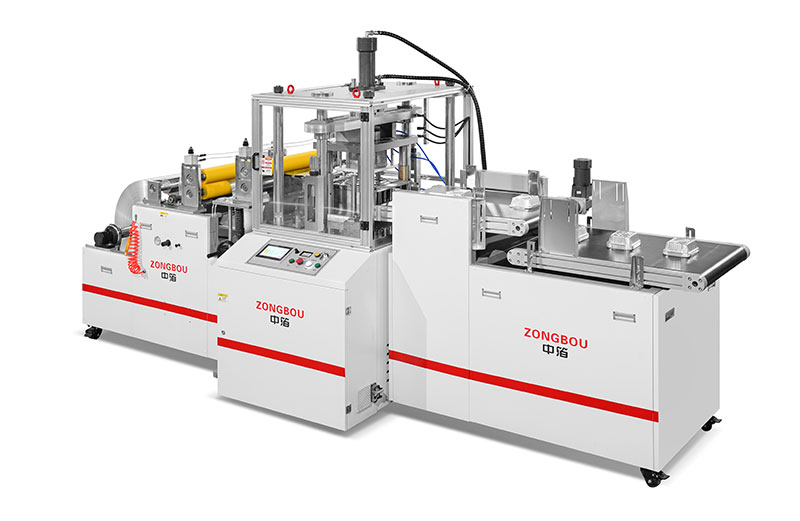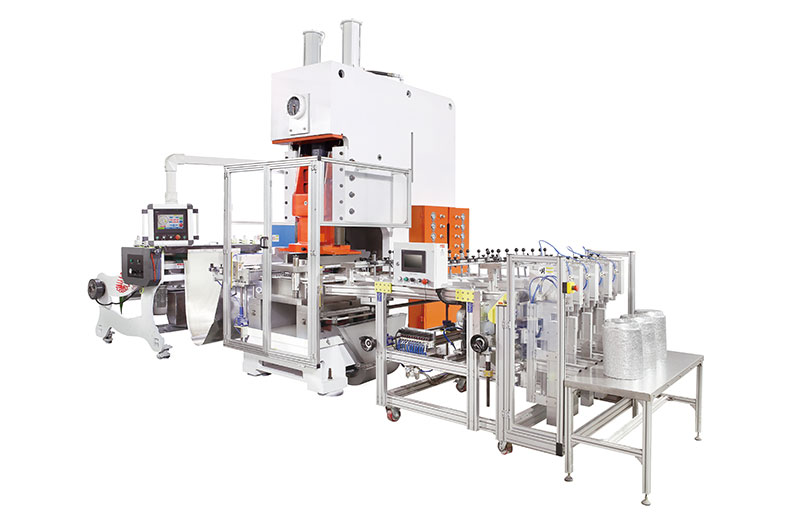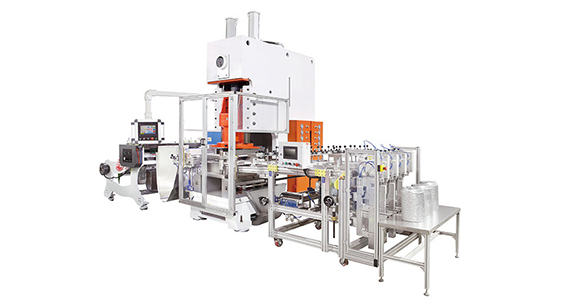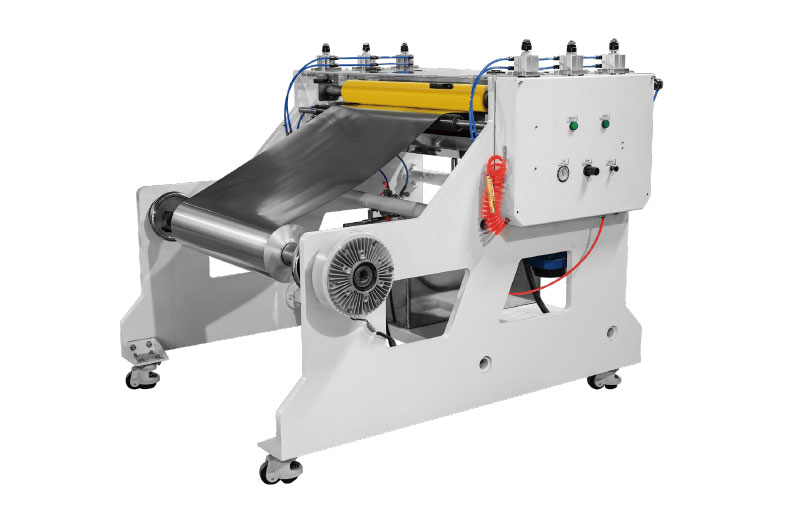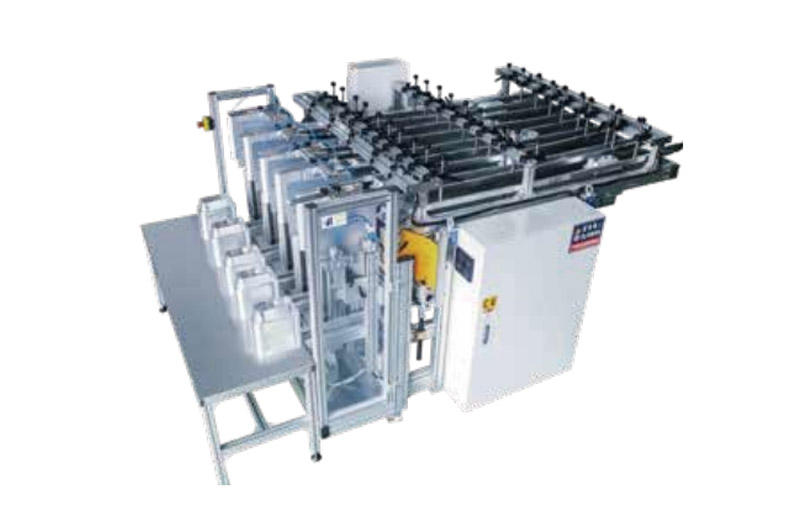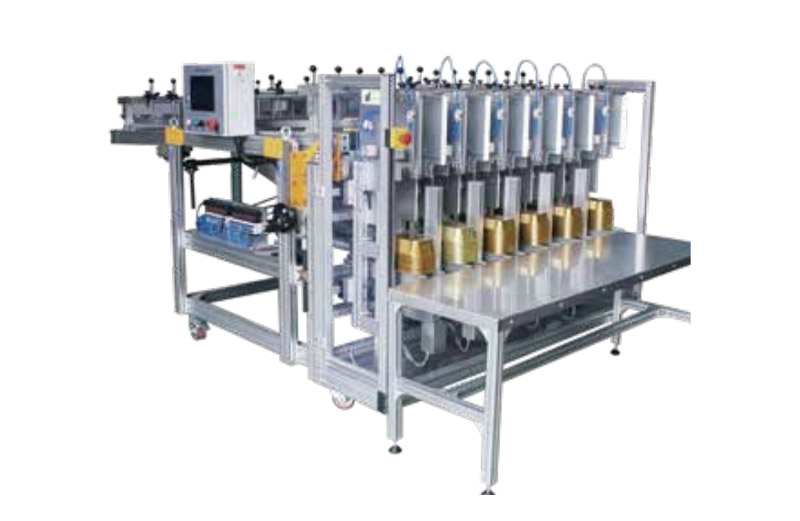What Develops When Aluminum Foil is Mixed with KOH?
When aluminum foil is mixed with potassium hydroxide (KOH), a chemical reaction occurs that results in the formation of hydrogen gas, accompanied by the production of potassium aluminate. This reaction is a result of aluminum’s reactivity with strong bases, where the aluminum undergoes corrosion and releases hydrogen gas.
The Science Behind the Reaction
Aluminum, when exposed to an alkaline solution such as KOH, reacts aggressively. The basic reaction can be summarized as:
2Al+2KOH+6H2O→2KAl(OH)4+3H22Al+2KOH+6H2O→2KAl(OH)4+3H2
In this reaction, the aluminum metal dissolves in the potassium hydroxide solution, leading to the formation of potassium aluminate (KAl(OH)_4) and the release of hydrogen gas (H₂). This reaction is an example of a metal reacting with a strong base, highlighting aluminum's tendency to react with alkalis under certain conditions.
The Role of Aluminum in Industrial Applications
While this particular reaction may seem like a curiosity in the laboratory, aluminum and its alloys are widely used in numerous industrial processes, especially in the packaging and food storage sectors. One notable application of aluminum is in the production of aluminum foil containers.
These containers, which are commonly used for food storage and cooking, are made from thin aluminum sheets that are shaped and formed using specialized machines. Aluminum Foil Container Machines are the key technology behind this process, allowing manufacturers to produce high-quality, durable containers efficiently.
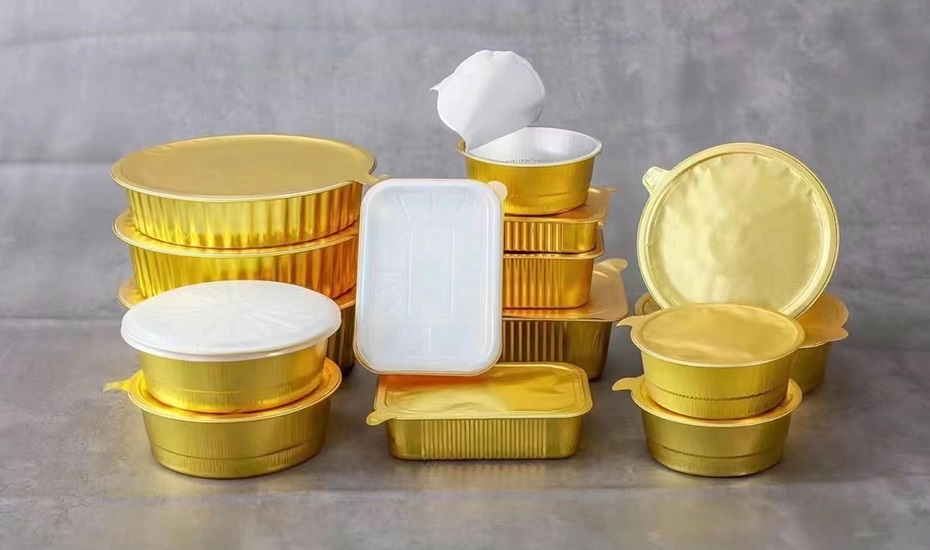
Aluminum Foil Container Machines: A Brief Overview
An Aluminum Foil Container Machine is a type of equipment designed to stamp, form, and cut aluminum foil into containers of various sizes and shapes. The process involves feeding rolls of aluminum foil into the machine, where they are pressed into molds under high pressure, creating containers that are then trimmed and stacked for packaging.
These machines are capable of producing large volumes of aluminum containers at a fast pace, making them essential for the food service and packaging industries. The aluminum foil produced is lightweight, resistant to moisture, and capable of withstanding high temperatures, making it perfect for cooking, storing, and packaging food products.
In addition to their practical uses in food storage, aluminum foil containers are also recyclable, which aligns with growing environmental awareness around packaging materials. This recyclable nature of aluminum helps to reduce the carbon footprint and waste produced in the packaging industry.
In conclusion
While the reaction between aluminum foil and KOH is a fascinating chemical process, aluminum’s widespread use in applications like food packaging is equally significant. Machines that manufacture aluminum foil containers play a vital role in providing both functional and eco-friendly solutions for modern industries.

